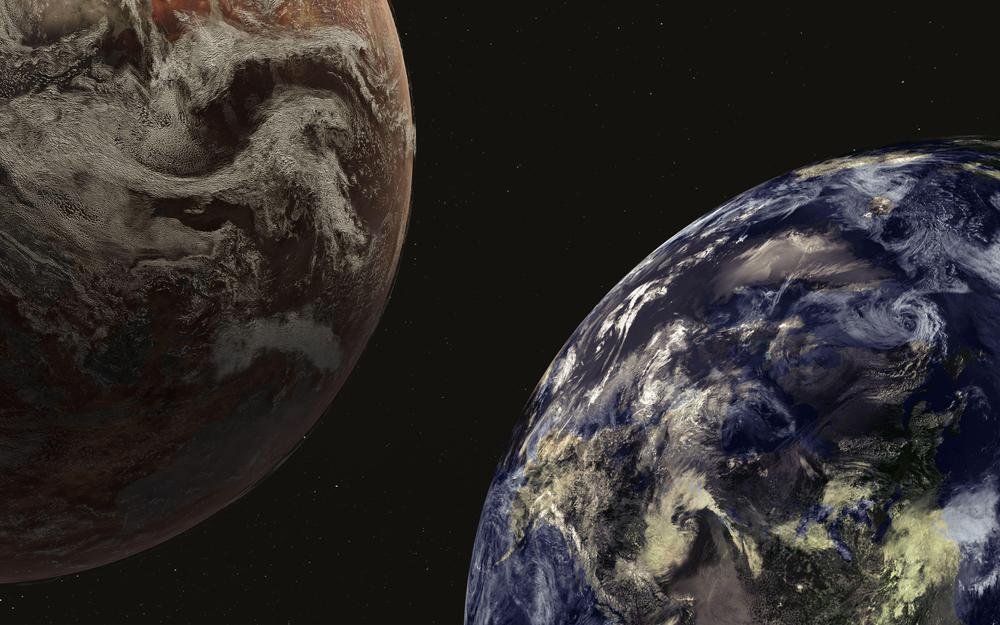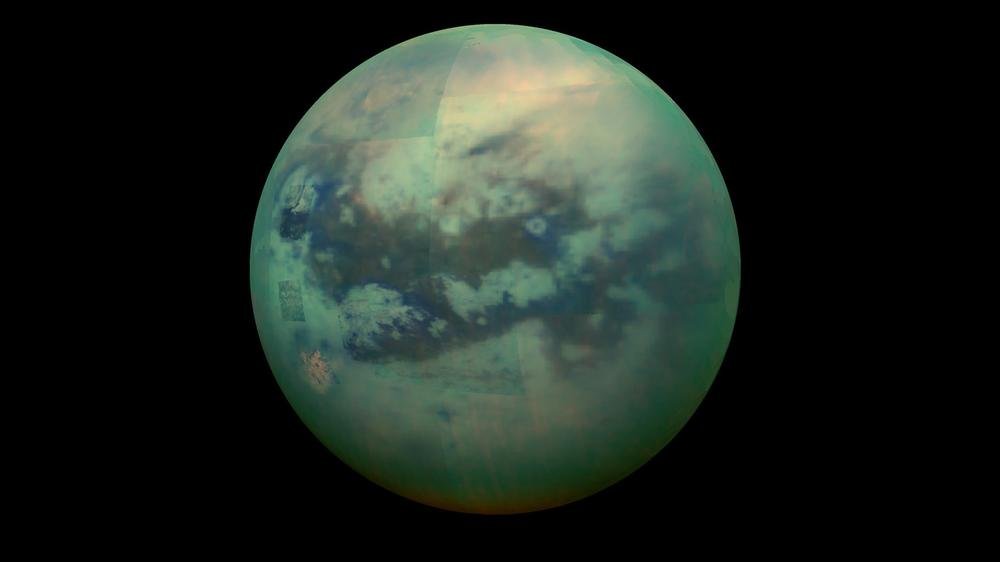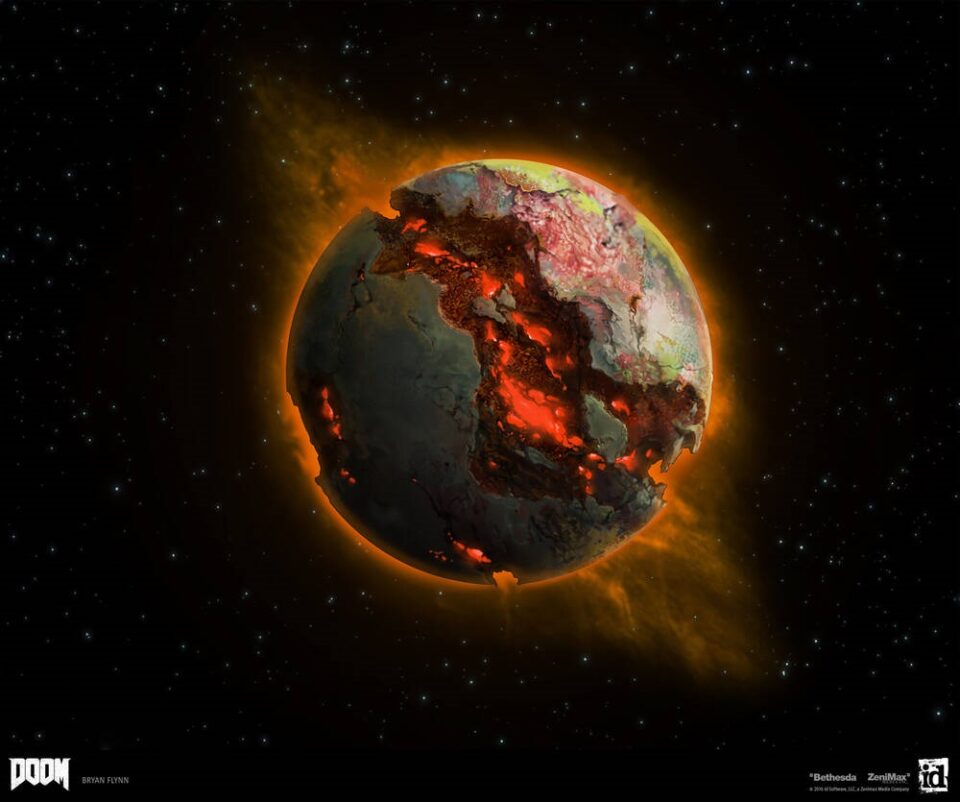Scientists have calculated when the Earth’s atmosphere will “run out” of oxygen, turning the planet we are on into a land deprived of life.
The atmosphere is very important for the existence and development of organisms and humans on Earth, and is also the crust that protects the Earth.
The Earth’s atmosphere is composed of nitrogen (78% by volume) and oxygen (21%), with small amounts of Agon (0.9%), CO2 (fluctuating, around 0.035%), vapor of water and certain gases. Other.

However, this will not last forever. According to the forecasts of scientists, the oxygen content in the future will become extremely rare.
Toho University (Japan) Associate Professor – Kazumi Ozaki and Earth System Scientist Chris Reinhard from Georgia Institute of Technology (USA), came to this conclusion after performing hundreds of thousands of simulations based on computer algorithms.
Specifically, scientists have performed more than 400,000 simulations with different parameters. The results show that the Earth’s abundant source of oxygen will remain stable for another 1 billion years, before dropping to the level it was before the Great Oxidation Event (also known as the Catastrophe of l oxygen), about 2.4 billion years ago.
The main cause of this change is that as the sun ages, the sun becomes hotter and releases more energy than before. This will increase the Earth’s surface temperature and break down atmospheric CO2. These two factors will kill plant life, depriving the planet’s main source of oxygen.

At that point, Earth will no longer be an ideal habitat for humans and most other life depends on oxygen. Life on Earth will only be in the form of bacteria, according to predictions.
While this research isn’t too scary, as there is still quite a long way to go, the results of the study make efforts to find alien life more complicated.

As a result, scientists originally viewed the oxygenated planet as one of the necessary conditions for life to exist. However, the team pointed out that the existence of oxygen in the atmosphere can only last about 20-30% of the time a planet exists.
This means that it’s not enough to find planets in space to live – and the right time to settle down is just as important.

However, the research team also suggested that there may be signs of life unknown to humans. For example, an organic cloud rich in methane can nourish and develop life, for example, and it is also a characteristic of the atmosphere on Titan, Saturn’s Moon.


